


Books in series

Centers for Disease Control and Prevention
2015

Brothers of the Sacred Heart in New Orleans
2010

Maine
Unforgettable Vintage Images of the Pine Tree State
2000

The 1964-1965 New York World's Fair
201

East Hampton
2000

Oak Ridge
2012

New York City Gangland
2010

Detroit
The Black Bottom Community
2009

Pruitt-Igoe
2017

Hudson's
Detroit's Legendary Department Store
2004

Filipinos in Stockton
2008

Vernor's Ginger Ale
2008

Hollywoodland
2011

St. Francis Dam Disaster
2002

Detroit's Woodmere Cemetery
2006

Detroit
Ragtime and the Jazz Age
2009

Hollywood
1940-2008
2009

Filipinos in New York City
2015

Bannerman Castle
2006

The Historic Core of Los Angeles
2004

Los Angeles
2001

Gay and Lesbian Philadelphia
2002

Filipinos in San Francisco
2011
Ferries of Puget Sound
2006

African Americans in Los Angeles
2010

Oakland Hills
2004

Theatres in Los Angeles
2008

Chicago to Springfield
Crime and Politics in the 1920s
2010

The Central Park Zoo
2002

Los Angeles's Little Tokyo
2010

Lost Galveston
2010
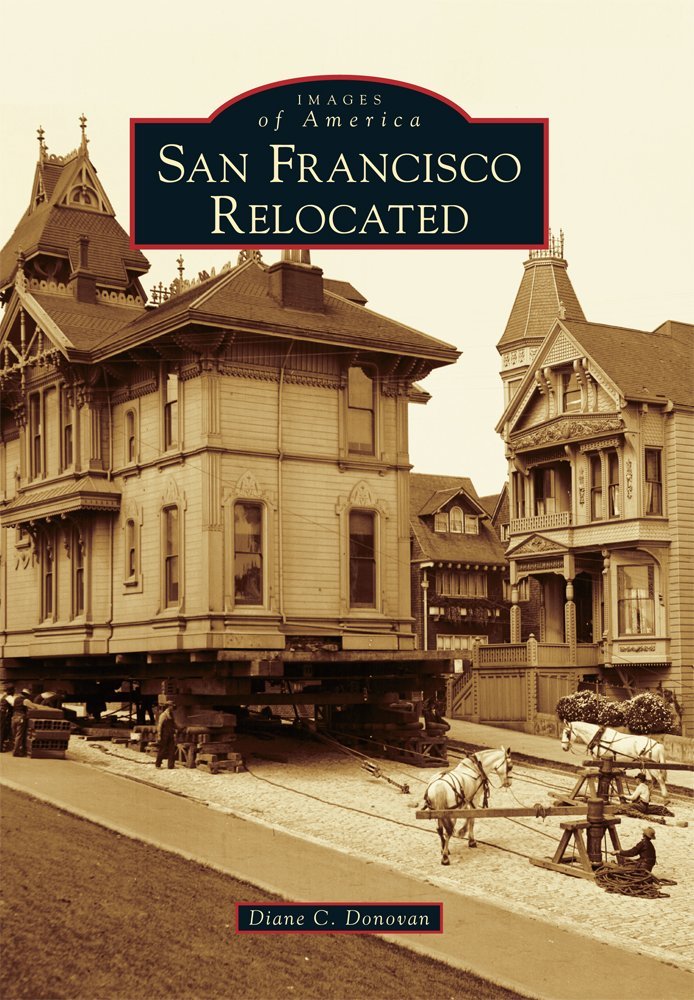
San Francisco Relocated
2015

Washington Heights, Inwood, and Marble Hill
2007

Arab Americans in Metro Detroit
A Pictorial History
2001
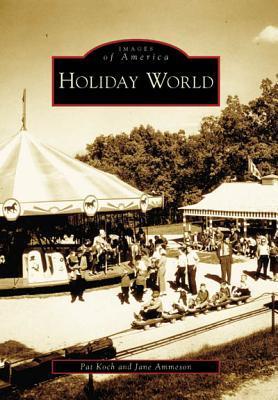
Holiday World
2006
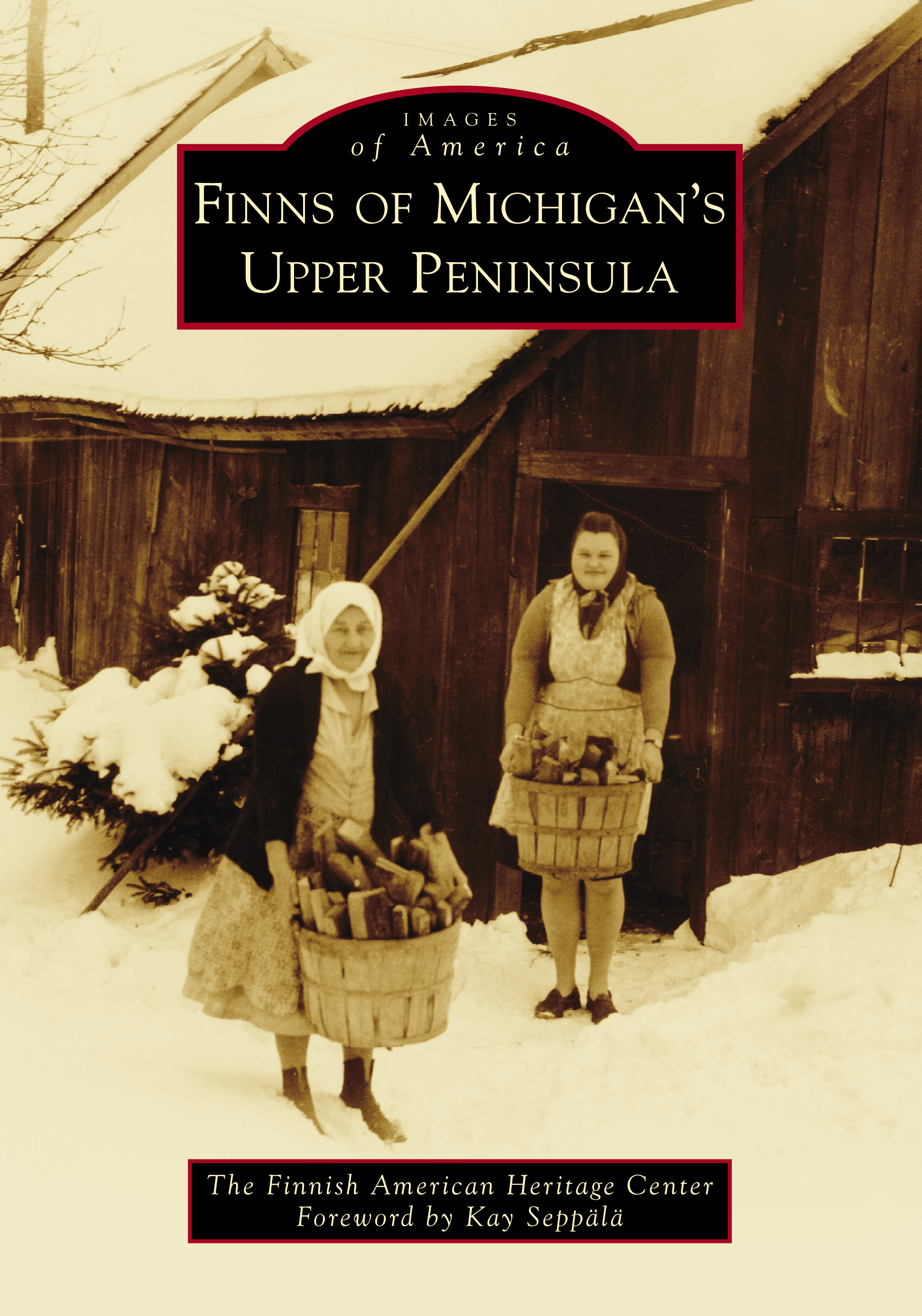
Finns of Michigan's Upper Peninsula
2018

Route 66 in the Missouri Ozarks
2009

Missouri State Penitentiary
2012

Kansas City's Historic Midtown Neighborhoods
2015

Tall Ships on Puget Sound
2007

Vanishing Orange County
2008

Lake of the Ozarks
The Early Years
2000

Yosemite Valley
2004

Silicon Valley
2009

Mexicans in San Jose
2009

The State of Jefferson
2006

Filipinos in Los Angeles
2007

Between the Rivers
Manhattan 1880-1920
1997
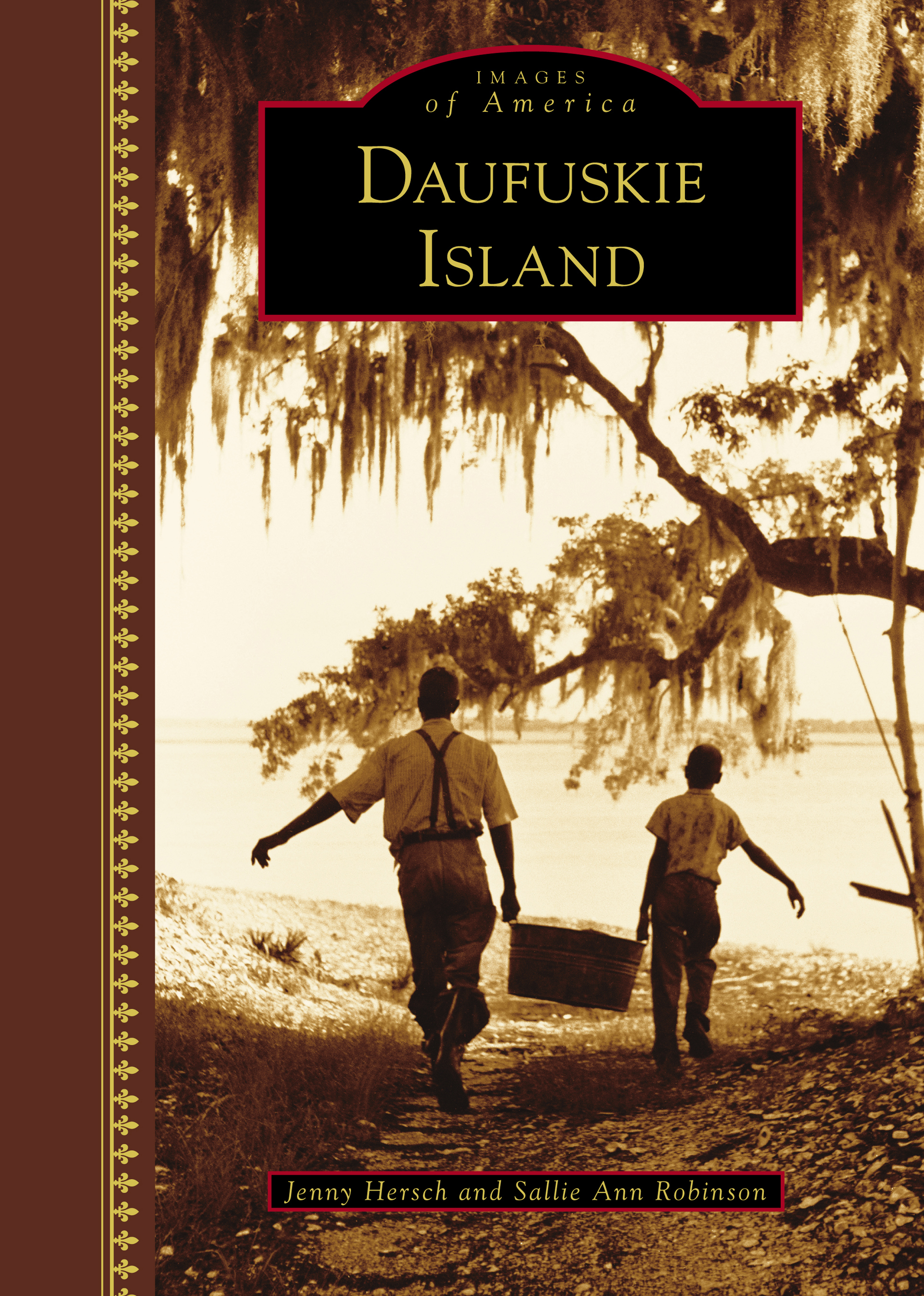
Daufuskie Island
2018

Ocean City
Volume I
1999

Chinatown in Los Angeles
2009

Maryland's Lighthouses
2008

Salem
2009

New Orleans
1999

Detroit's Cass Corridor
2012

Catalina Island
2004

Kalamazoo
2003
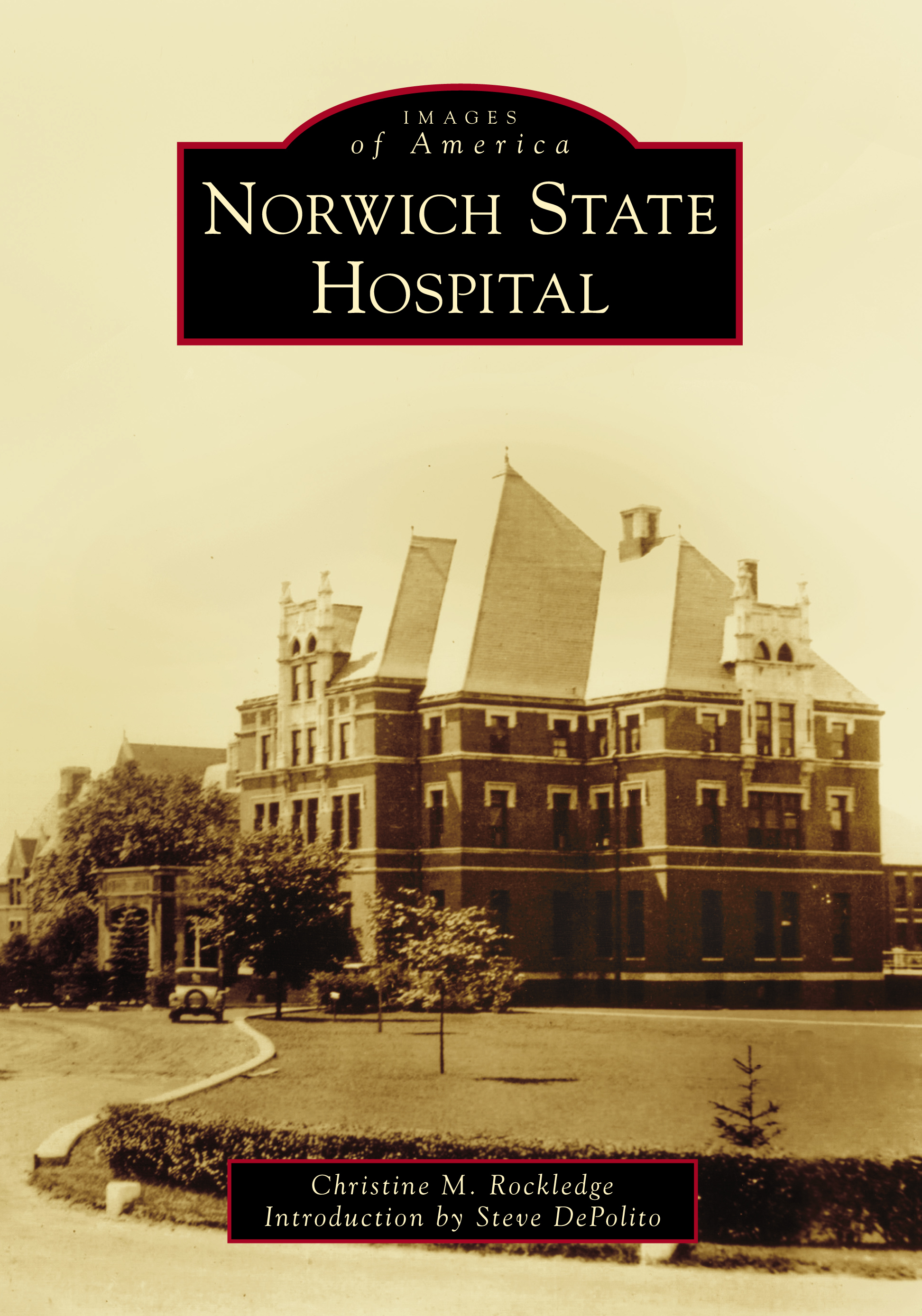
Norwich State Hospital
2018
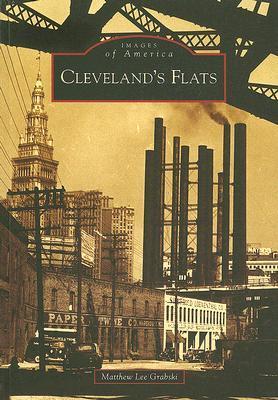
Cleveland's Flats
2006

Silent-Era Filmmaking in Santa Barbara
2007

Bridges of the Oregon Coast
2006

Door Peninsula Shipwrecks
2006
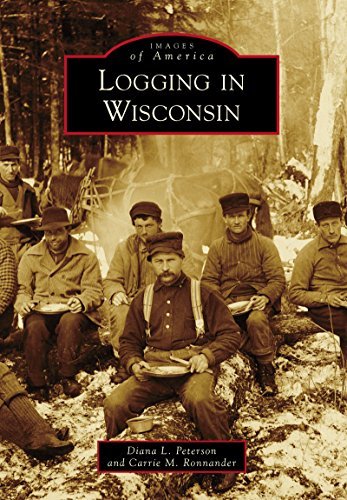
Logging in Wisconsin
2017
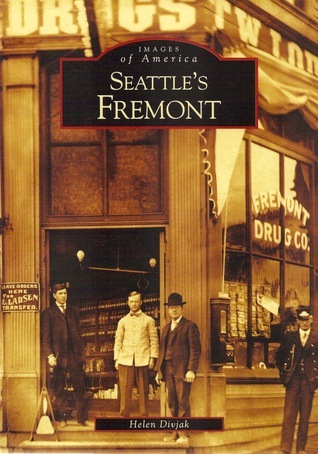
Seattle's Fremont
2006

Sawtelle
West Los Angeles's Japantown
2007

Detroit's Woodlawn Cemetery
2003

The House of David
2007

Burger Chef
2009

College Station
2011

Los Angeles's La Brea Tar Pits and Hancock Park
2011

Lake Pontchartrain
2007

Old Sacramento and Downtown
2006

Pruitt-Igoe
2017

Grand River Avenue
From Detroit to Lake Michigan
2014

Angel Island
2007

Colma
2007

Early Kansas City
2013

San Jose's Historic Downtown
2004

Big Bend National Park and Vicinity
2009

Manzanar
2008

Chinese in Hollywood
2013

Baltimore's Deaf Heritage
2014

Branson
2014

Detroit's Polonia
2006

Los Angeles's Olvera Street
2006

Los Angeles's Angels Flight
2008

Ford Dynasty
A Photographic History
2002

Chincoteague and Assateague Islands
2000

Route 66 in St. Louis
2008

Lake of the Ozarks
Vintage Vacation Paradise
2002

North Carolina Unforgettable Vintage Images of the Tar Heel State
2000

East Lansing
Collegeville Revisited
2002

Playland
2008

Isle Royale
2007

Manitowoc
2014

Detroit's Hospitals, Healers, and Helpers
2004

Historic Hotels of Los Angeles and Hollywood
2008
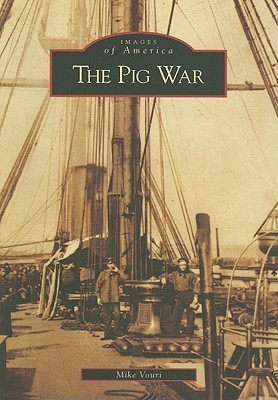
The Pig War
2008
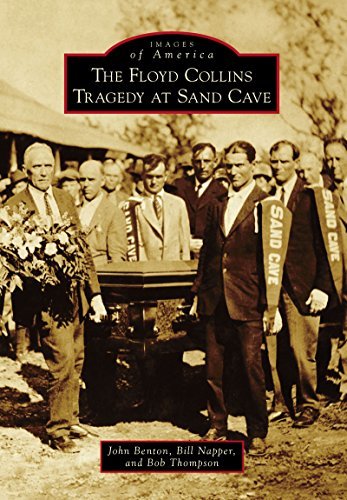
The Floyd Collins Tragedy at Sand Cave
2017

German New York City
2008
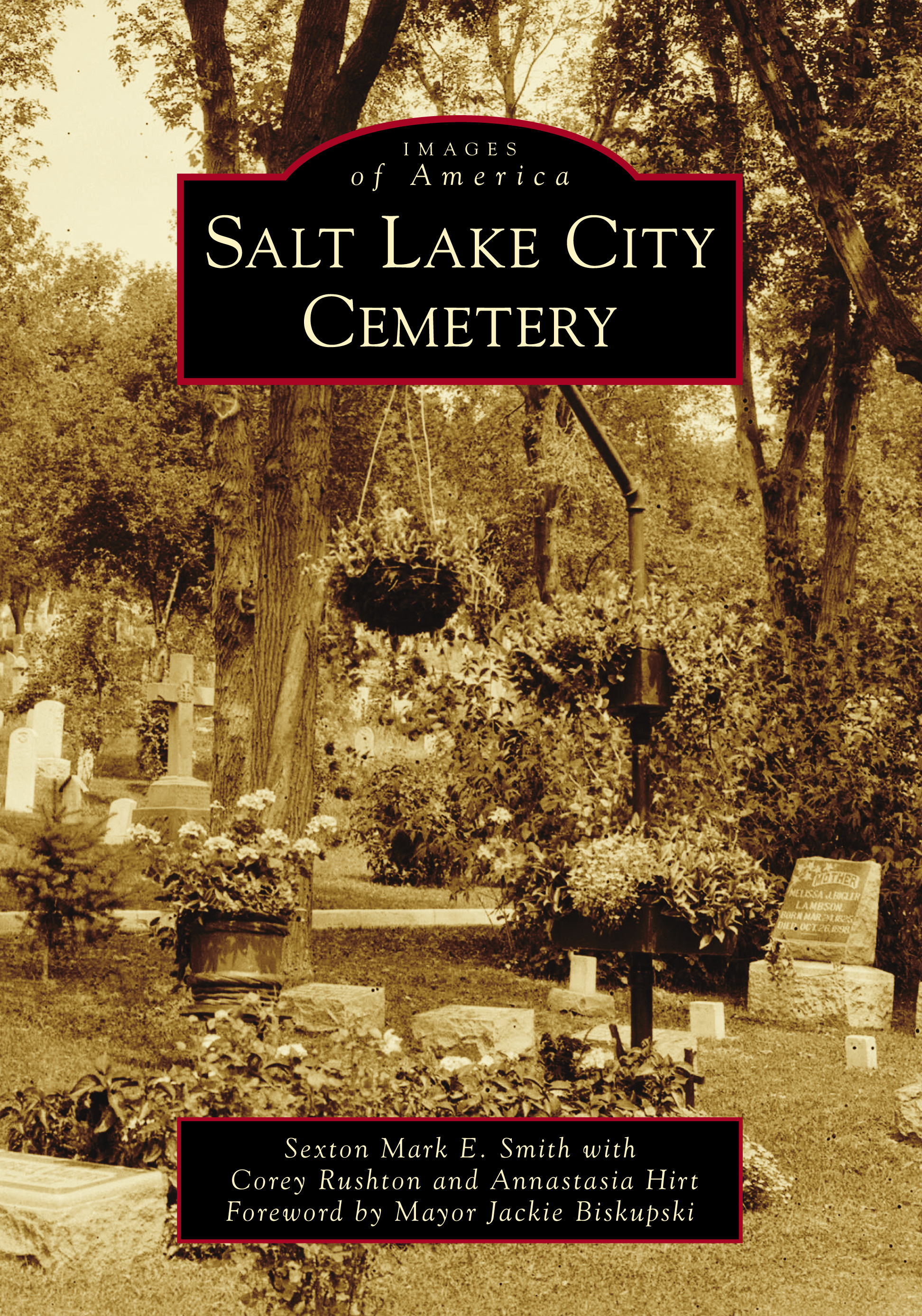
Salt Lake City Cemetery
2018

Filipinos in San Diego
2010

The Croton Dams and Aqueduct
2000

Arcata
2004

Frankenmuth
2008

California Lighthouse Life in the 1920s and 1930s
2000

Long Beach Art Deco
2006

Maryland in the Civil War
2013

A&P
The Story of the Great Atlantic & Pacific Tea Company
2002

Carmel-by-the-Sea
2006

Ocean City
Volume II
1999

General Motors
A Photographic History
1999

Old Chicago Road
US-12 from Detroit to Chicago
2011

Beale Air Force Base During the Cold War
2014

Cleveland Metroparks
2006

African-American Life in Jacksonville
1997

Early Amusement Parks of Orange County
2008

Folsom Prison
2008

Lost Ann Arbor
2004

Huntington Beach
2001
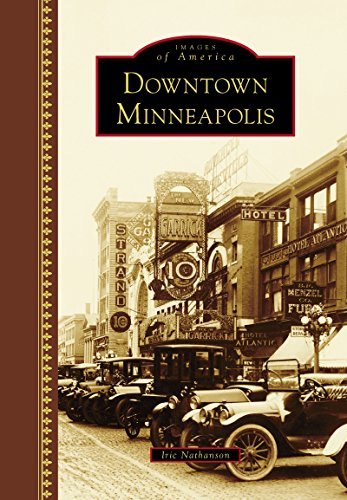
Downtown Minneapolis
2017
Italians in Chicago
1999

Platteville
2004

Northwest Bronx
2011

Women in Atlanta
2005

Folsom
1999

Fire Lookouts of Oregon
2016

Arlington
2011

Native Americans of San Diego County
2009

Logging and Lumbering in Maine
2001

Filipinos in Hollywood
2008

Monterey Peninsula
The Golden Age
2002

White Rock Lake
2010

Downtown St. Louis
2001
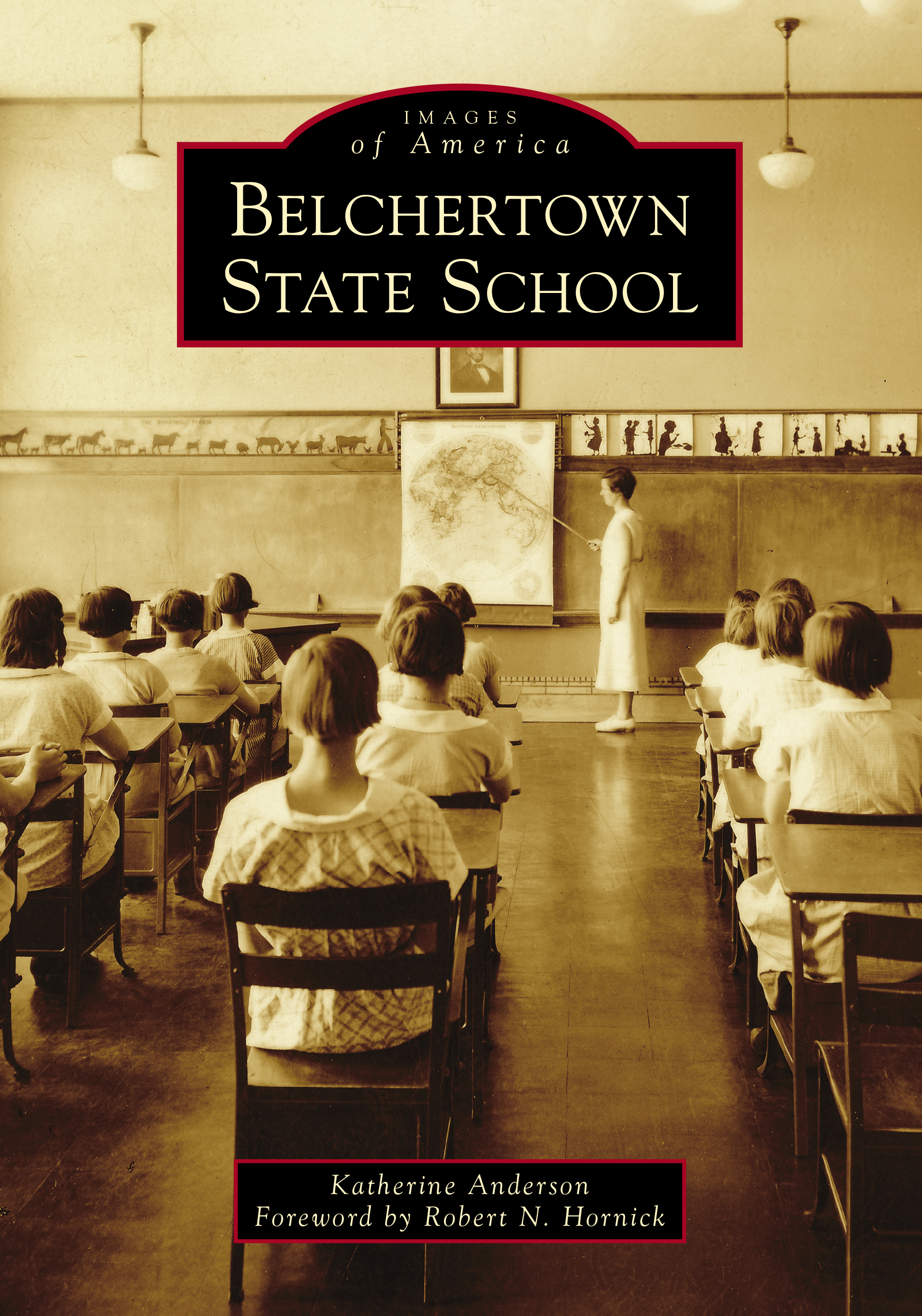
Belchertown State School
2020

Native Americans of Riverside County
2006

Jackson County
2013

Oregon State Penitentiary
2014

The Seabees at Port Hueneme
2006

Griffith Park
2011

Morro Bay
2006
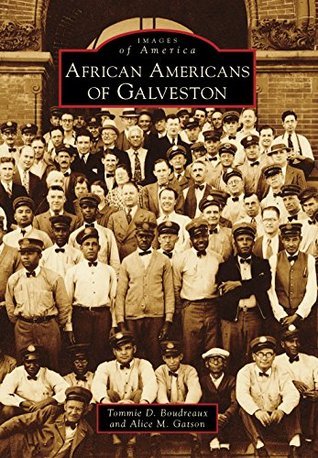
African Americans of Galveston
2013

West Hollywood
2003

Bay Ridge
2001

The Pullman Porters and West Oakland
2007

West Allis
2003
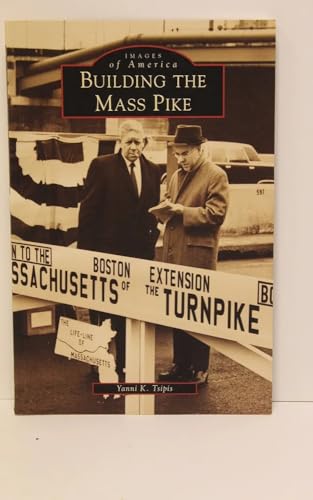
Building the Mass Pike
2002

Brewing in Milwaukee
2014

Sanders Confectionery
2006
Authors
Editor and writer in the Greater Detroit Area, specializing in travel writing and editing, automotive, Michigan companies, and features. A professional journalist with extensive writing and editing experience, Tasker currently works as travel blogger, Drive editor, and Assistant business editor at The Detroit News. "

Dr. Gianni DeVincenti Hayes has been writing & speaking professionally for 30 years. She earned her Ph.D Summa cum Laude in English, literature & world/comparative studies from the University of Maryland College Park (focus in humanities—writing, comparative literature, religion, history, politics, philosophy, art). Both masters were earned at Duquesne University with high honor in scientific research, educational administration & technology; her B.S. from VMC/Gannon University is in biology/chemistry where she was honored with Distinguished Alumni Award. She attended the University of Pittsburgh for two years in a doctoral program in instructional technology/communications where she earned The Letter of Highest Commendation. She was endowed to the University of Rochester's writing program for 5 summers & to Middlebury College's prestigious Bread Loaf Writing Program. She earned a Doctor of Ministry in 2013. She speaks internationally, especially for cruises, on globalism, politics, religion, and current events, and she is a recipient of many tributes, as well as a former college professor & department chair, and author of 24 novels & nonfiction books. She writes screenplays, was a print & online syndicated columnist for 22 newspapers nationally and internationally. She hosted a radio talk show on American Voice Station, which features noted authors, celebrities, politicians, culture and religion; it is heard worldwide on AM/FM stations nationwide and the internet, among other venues. Many of her guests are noted personalities, such as TV news correspondent Bernard Goldberg, Congressman Kucinich, Vince Bugliosi (Manson trials), Dr. & Ambassador Alan Keyes, Judge Napolitano, Phyllis Schlafly, Mel Gibson's father and chef, and many others. Dr. Hayes also speaks on politics and eschatology (religion, philosophy and history with Bible prophecy). She founded The Writers Bloc, Inc, on 1992, was distinguished at many authors' receptions, featured in Contemporary Authors Encyclopedia, nominated for the Governor's Award of Writing, and was honored at her undergraduate college for Women's History Month 2003 where she gave a campus presentation. She has been unanimously voted into her high school Hall of Fame Award for Distinguished Alumni. Gianni DeVincenti Hayes, Ph.D has been honored by her doctoral school alma mater by setting up an archive of her papers, in her name, in the University Libraries. The collection consists of her books, various manuscripts, instructional materials she created as a college department chair & associate professor, her business reports, speaking materials, and personal correspondences with other authors and people of note. She also co-hosted a television show on Public Access TV. She served on the Board of Directors for Pemberton Hall, and for her HOA, and is President Emeritus and Founder of the Writers Bloc, Inc.; she also served as Special Assistant to the Chancellor of the University of Maryland ES. Too, she is an equal partner in two corporations, and belongs to Phi Kappa Phi Honor Society, the Authors Guild and the National Writers Union. She writers under several pen names, has over 100 articles & short stories published in major newspapers & national magazines, including books published in print & in electronic form. Research, biographies, current events, and eschatological topics are subjects of experience. She has appeared nationwide in newspapers and magazines, and on dozens of national radio and television shows, including A & E Biography, and Pennsylvania Cable Network TV, comprised of 145 stations statewide & nine million viewers. When not speaking around the world, Dr. Hayes enjoys oil painting and listening to classical music, and reading. She is married with two daughters and four grandbabies.
Librarian Note: There is more than one author in the Goodreads database with this name. Jim Brown spent decades on the inside of the prison as a correctional officer and presents here historic images from the Folsom Prison museum to illustrate the incredible story of this place of stone, iron, and humanity—redeemed and incorrigible. In these pages, Brown draws upon his experience and knowledge to tell the stories of the prison’s construction, early years, officers, inmates, events such as the famed prison concerts, and distinctive stories of Folsom Prison’s unique character
James K. Wagner had a 37-year career in the automotive industry, most of which was focused on trucks. He is a member of The Society of Automotive Historians and has been a charter member of the SAE History Committee. Librarian's note: There is more than one author in the Goodreads database with this name.

Richard Panchyk is the author or editor of 14 books on a diverse range of topics, including children's nonfiction (science, history, art, politics/government) and adult nonfiction (history and folklore). His works have been translated into four languages. Among his books are the award-winning and bestselling World War II for Kids, which is available at bookstores and museum gift shops across the nation. This book is considered as one of the top books ever published for teaching kids ages 9 and up about the war, and is used in schools and by homeschoolers from New York to Alaska. It features a foreword from the 2008 Republican presidential nominee, John McCain. He is also the author of the lavishly illustrated Galileo for Kids, featuring a foreword by the astronaut Buzz Aldrin. To order autographed copies of any of his books, or for more information, you may contact the author at panchyk@yahoo.com. Richard Panchyk's latest books are German New York City, published as part of the famous Images of America series by Arcadia and 101 Glimpses of Long Island's North Shore, published by The History Press. German New York City is the first-ever major book to cover the story German population in one of the world's biggest cities. It features nearly 200 historic photographs. 101 Glimpses is a pocket-sized book offering a snapshot of different beautiful locales along the historic North Shore, and features a foreword by Thomas Suozzi. Coming in 2009 - The Keys to American History, featuring more than 60 of America's most important documents and speeches.

Reverend Herman "Skip" Mason, Jr. is a native of Atlanta, Georgia, where he received his Bachelors of Arts degree in Communications and History from Morris Brown College. He went on to receive Masters Degrees in African-American Studies and Library and Information Science from Clark Atlanta University in 1989. That same year, he was also awarded his certification in Archival Studies from the Archives Institute of the Jimmy Carter Presidential Library. Reverend Mason began his career in 1983 working with the Herndon Home Museum, Atlanta Georgia, where he interpreted the history of the Herndon Family and the Atlanta Life Insurance Company. In 1986, he worked for the US Department of Interior interpreting the historical significance of the Martin Luther King family with the King Center Library and Archives. From 1987 to 1992, Reverend Mason worked for the Atlanta Fulton Public Library as the Black Studies Librarian and Archivist for the Special Collections Department. His work with the library involved developing strategies for identification and procurement of archival collections on African-Americans in Atlanta, the state of Georgia and the Southeast region. He is also Founder and President of Digging it Up, Incorporated, a nationally recognized African-American Research and Consulting firm in addition, he is the National Archivist for Alpha Phi Alpha Fraternity and Morris Brown College. Reverend Mason has authored several books and produced various videos including: Going Against the Wind: A History of African Americans in Atlanta; Black Atlanta in the Roaring Twenties; African-American Life in Jacksonville, Florida; The History of Black Entertainment in Atlanta; and History of African-American in DeKalb County, all published by Arcadia press. For the past eleven years, Reverend Mason has served as a consultant on numerous projects and exhibits including "The Life of Blues Singer Blind Willie McTell"; "Climbing Jacob's Ladder: The Rise of Black Churches in Eastern American Cities, 1740-1877"; and currently "Music Masters" at the Apex Museum in Atlanta. Most recently, twenty million viewers saw Reverend Mason's work as he served as the Historian and on set Technical Advisor for the successful CBS television mini-series based on Alex Haley's final story "Mama Flora's Family" starring Cicely Tyson, Blair Underwood, Mario Van Peebles and Queen Latifah. Reverend Mason was initiated into Iota Chapter of Alpha Phi Alpha Fraternity, Incorporated on April 4, 1982 (the anniversary of the death of Dr. King), at Morris Brown College. A life member of the fraternity, he made history in 1989 when at age 27, he became the youngest member to receive the coveted honor of National Alumni Brother of the Year In spite all his accomplishments, Reverend Mason's greatest joy comes in pastoring the St. James C.M.E. Church in Washington, Georgia.
There is more than one author with this name. Jeremy Williams has a B.A. in History from Michigan State University and is currently pursuing an M.A. in African American Studies. He is the author of Detroit: The Black Bottom Community and has also published The Rise and Fall of Black Bottom, 1914-1951: A Social, Cultural, and Political Analysis of an African American Community in the Michigan State University Journal of History. His first book, Push Nevahda and the Vicious Circle: scenes from a random life, is available at Amazon.com. In his spare time he writes (often under the pen name, Push Nevahda) for an online magazine, contributes weekly to a blog on romance and relationships, and has written cultural and political pieces for several newspapers. His hobbies include recording music, watching reruns of Sanford & Son, and traveling. He is a member of the Detroit Writer's Guild. "
Librarian Note: There is more than one author in the Goodreads database with this name. Jonathan Southworth "John" Ritter was an American actor, comedian, and voice-over artist.

Jim Ridings was born in Joliet, Illinois. He earned a Bachelor of Science degree in Journalism from Southern Illinois University at Carbondale in 1976. He was a reporter for The Daily Times in Ottawa and The Beacon-News in Aurora. He won more than a dozen awards for investigative reporting at both newspapers, from the Associated Press, United Press International, Copley Press, Illinois Press Association, Northern Illinois Newspaper Association, Aurora Lions Club, SDX Society of Professional Journalists and other organizations. Jim Ridings was presented a Studs Terkel Humanities Service Award from the Illinois Humanities Council in 2006. Ridings has written and published more than 20 books of local Illinois history. Four of his books have won awards from the Illinois State Historical Society: County West: A Sesquicentennial History of Western Kankakee County in 2004, Cardiff: Ghost Town On the Prairie in 2007, Cardiff 2 in 2009, and Greetings From Starved Rock in 2012. His most popular books are Len Small: Governors And Gangsters (2009); Small Justice (2014); Cardiff: Ghost Town On the Prairie (2006); Wild Kankakee (2012); Kankakee County Confidential (2016); Kankakee County Stories (2019); Chicago To Springfield: Crime and Politics in the 1920s (2010); Greetings From Kankakee (2005); Kankakee Makes Good (2007).
Nannette Regua, a college History instructor, holds degrees from San Jos State University, CA and Sarah Lawrence College, NY. Regua has been a volunteer in the Mexican and Mexican American community in San Jos for over a decade and a resident for over 35 years. Regua specializes in American, Ethnic American, and Women's History. She began her interest in history by researching the United Farm Workers (UFW) union and its founders Cesar Chavez and Dolores Huerta. As a graduate student, she volunteered for the UFW, organizing strawberry pickers in Watsonville, CA. "


Dawson has also written extensively about early rock and roll and rhythm and blues, including 'What Was the First Rock 'n' Roll Record?' which Mojo magazine called 'one of the best musical reads of [1993].' His 1980 cover story on Ritchie Valens in the Calendar section of the Los Angeles Times led directly to the reissue of the forgotten rock 'n' roller's recordings and the making of the biopic La Bamba, which used some of Dawson's research. Jim Dawson is a Hollywood, California-based writer who has specialized in American pop culture (especially early rock 'n' roll) and the history of flatulence (three books so far, including his 1999 top-seller, "Who Cut the Cheese? A Cultural History of the Fart"). Mojo magazine called his What Was the First Rock 'n' Roll Record (1992), co-written with Steve Propes, "one of the most impressive musical reads of the year"; it remains a valuable source for music critics and rock historians, and an updated second edition is currently available on Kindle. Dawson has also written a series of articles on early rhythm and blues and rock 'n' roll pioneers for the Los Angeles Times, including a front-page story in the Calendar entertainment section on the forgotten tragic figure Ritchie Valens. The piece led directly to Rhino Records reissuing Valens' entire catalog (with Dawson's liner notes) and eventually to the 1987 biopic "LaBamba," which used some of Dawson's research. Since 1983 Dawson has also written liner notes for roughly 150 albums and CDs, including Rhino's prestigious "Central Avenue Sounds" box set celebrating the history of jazz and early R&B in Los Angeles. His most recent book (2012) is "Los Angeles' Bunker Hill: Pulp Fiction's Mean Streets and Film Noir's Ground Zero."

Dawn Bohulano Mabalon (1972 – 2018) was an American academic who worked on documenting the history of Filipino Americans. Mabalon was the co-founder of The Little Manila Foundation, which worked to preserve Little Manila in Stockton, California. She also authored several books.

Scott Russell Sanders is the award-winning author of A Private History of Awe, Hunting for Hope, A Conservationist Manifesto, Dancing in Dreamtime, and two dozen other books of fiction, personal narrative, and essays. His father came from a family of cotton farmers in Mississippi, his mother from an immigrant doctor’s family in Chicago. He spent his early childhood in Tennessee and his school years in Ohio, Rhode Island, and Cambridge, England. In his writing he is concerned with our place in nature, the practice of community, and the search for a spiritual path. He and his wife, Ruth, a biochemist, have reared two children in their hometown of Bloomington, in the hardwood hill country of southern Indiana. You can visit Scott at www.scottrussellsanders.com. In August 2020, Counterpoint Press will publish his new collection of essays, The Way of Imagination, a reflection on healing and renewal in a time of climate disruption. He is currently at work on a collection of short stories inspired by photographs.

Matthew J. Prigge is an author and historian from Milwaukee. He is the author of five books, including the forthcoming Opening Day in Milwaukee: The Brewers’ Season-Starters, 1970-2022. He led tours of Milwaukee’s rivers and harbors for nearly ten years as the resident narrator aboard the Vista King tour boat and was the host of WMSE’s ‘What Made Milwaukee Famous’ radio program. He is currently a public librarian and is an avid collector of baseball cards. His topics of focus include baseball, true crime, and Milwaukee history. Matthew lives in St. Francis, Wisconsin with his spouse, Erika, and their four occasionally-troublesome pet rats.

Librarian Note: There is more than one author in the Goodreads database with this name. New York City native James Renner is a licensed tour guide and appointed historian of Community District 12. Renner is a member of numerous local organizations, including the Washington Heights-Inwood Historical Society, the Harlem Heights Historical Society, the Washington Heights Neighborhood Association, and the Washington Heights Business Improvement District Management Association. (source: http://www.arcadiapublishing.com/9780...)
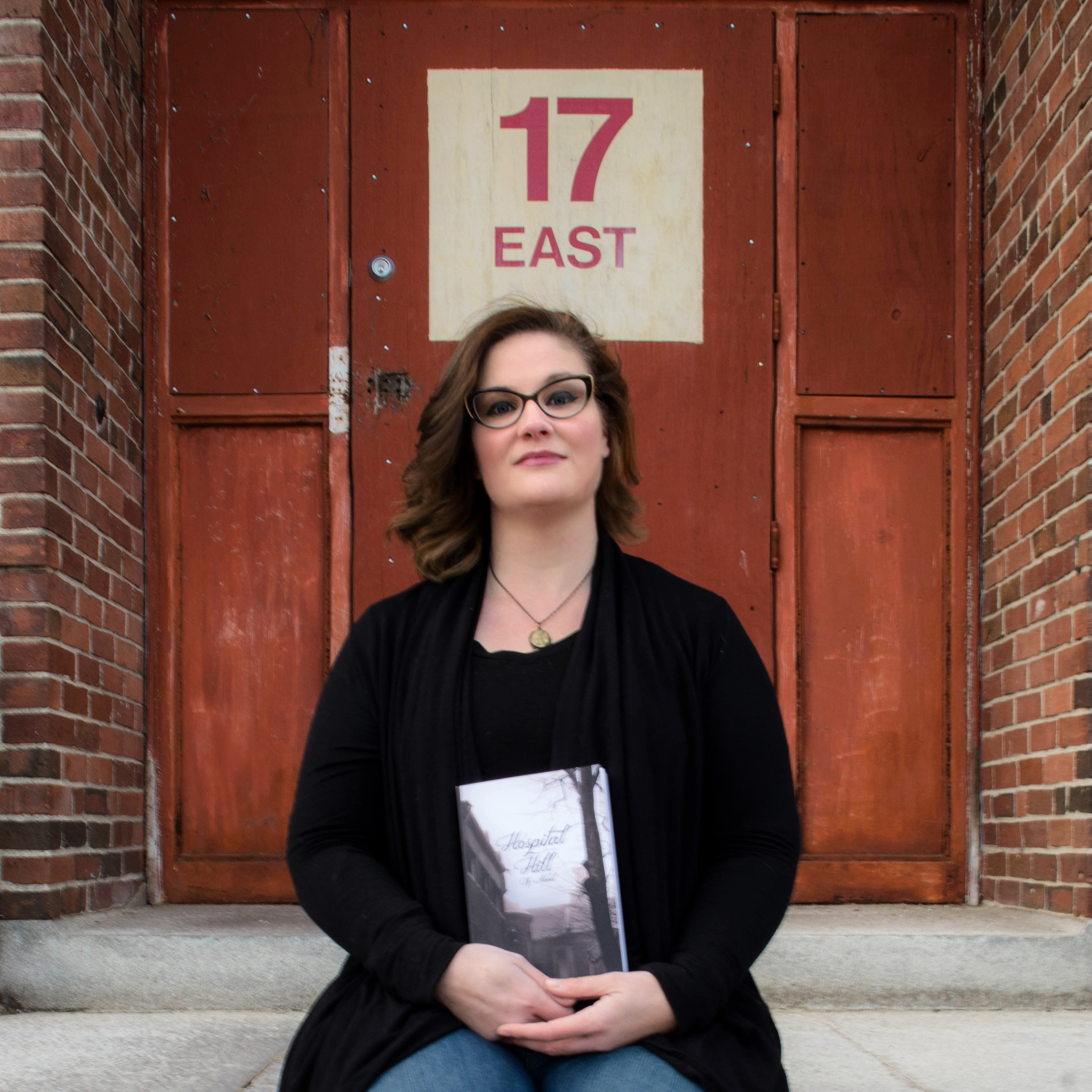
Kate Anderson is a special education teacher and professional photographer. She has taught in institutions for less than pleasant children for nearly twenty years and has written two nonfiction volumes on the history of insane asylums in New England, having visited and photographed more than forty such institutions. She lives in Feeding Hills with her boyfriend, two beagles, and an overweight cat who figures heavily on both her blog and her Instagram feed.



